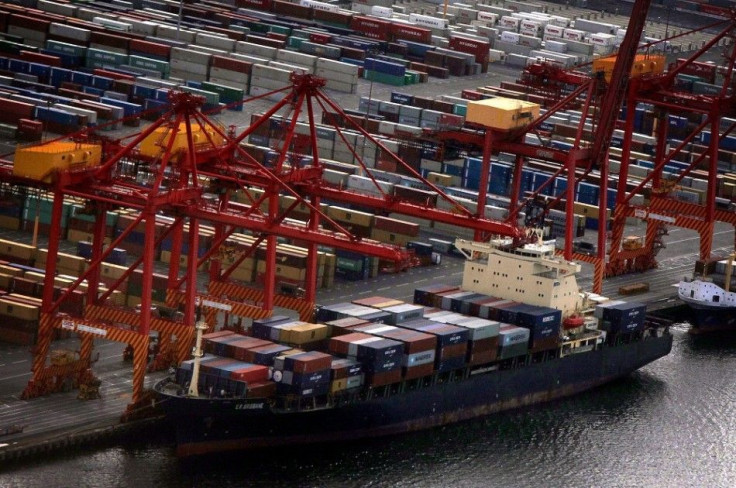Weak Australian dollar helps economy transition from mining boom, boosts exports: RBA

The central bank of Australia has highlighted the beneficial impact of the weakening dollar on the domestic economic sectors. Besides accelarating exports, it said the currency’s slide is actually helping in the transition of Australian economy to move into a new phase from the mining boom.
The central bank also observed that its accommodative policy is supporting growth. The Wall Street Journal report said this can be viewed an indication of a new confidence that the post-mining growth is gaining traction.
"Economic activity had generally been more positive over recent months," the Reserve Bank of Australia noted in the minutes of its Aug 4 meeting. The RBA observed that an “accommodative monetary policy setting remained appropriate given the forecasts, while observing that the Australian dollar had been adjusting to the shift in activity in the resources sector from the investment production phase.”
A Bloomberg report said the RBA is keenly watching its American counterpart in the matter of interest rates and its possible impact on the Aussie dollar. The Australian dollar has already dropped 8 percent in the past three months.
Market volatility
"There was likely to be a sizeable market impact notwithstanding how well telegraphed the change in policy had been. It was likely that financial market volatility would increase and the US dollar could appreciate further, including against the Australian dollar,” the RBA noted.
Clearly, the RBA is waiting to improve the domestic business confidence to act. The sentiments are already turning positive, with the tax cuts that came in May, despite a few more hurdles which included reluctance of businesses to commit new investments, stagnant wage growth and slower growth of the economy.
Tourism growth
Meanwhile, Commonwealth Bank's economist Gareth Aird has stated that the tumbling Australian currency is a blessing in disguise for Australia as it is enticing more tourists from home and abroad to spend liberally to rebalance the economy and stimulate growth in non-mining sectors.
Noting that the Aussie dollar has fallen by around a quarter of its value against the greenback since mid-2014, he said the same period also showed drastic growth in the number of people flying into Australia and that exceeded the growth in the number of departures, reports The Australian.
“Arrivals have lifted, departure growth has slowed and the monthly tourism trade balance is in surplus territory,” Aird said.
According to him, a lower Aussie not only makes it cheaper for foreigners to visit Australia but also allows for “staycations” for locals with domestic cash not going out. Barring New Zealanders, the bulk of Australia’s international visitors are from China, whose short-term arrivals have increased more than 21 percent in 2014-15 compared to the past, he noted.
Tourism is Australia’s third-largest export earner and is bigger than the agriculture sector. It brought AU$43.4 billion in 2013-14 and offered employment to half a million workers. The Australian states most geared for tourism are NSW and Queensland.
(For feedback/comments, contact the writer at feedback@ibtimes.com.au or let us know what you think below)




















